‘Beetlejuice Beetlejuice’ is a Solid Slice of Fan Service
Michael Keaton is in fine form in Tim Burton's "Beetlejuice Beetlejuice," a morbid, fitfully funny feast for the eyes.

The original Beetlejuice was, in essence, a slyly original movie about ghosts who are stuck in a kind of purgatory. So it’s fitting that a long-gestating sequel to the 1988 classic has been seemingly trapped in development hell as long as the titular bio-exorcist has been, well, dead.
Nixed screenplays with titles like “Beetlejuice Goes Hawaiian” and “Beetlejuice in Love” have come and gone; the original screenwriters have passed into heaven’s waiting room; Alec Baldwin has long since aged out of playing 30-year-old hunks; and Tim Burton has spent decades teasing the possibility of a sequel while occupied with more pressing projects like, uh… Dumbo.
Now, thirty-six years after Beetlejuice became a morbid hit — a gap equal to the passage of time between Citizen Kane and Star Wars — the aptly titled Beetlejuice Beetlejuice is finally shake, shake, shaking into theaters. And no, it doesn’t hold a severed head to the original. But this lifelong Beetlejuice obsessive is happy to report that it is a solid slice of fan service, and about as good as a big-studio legacy sequel gets these days.
In large degree, that’s because it works as a high-octane highlight reel for Tim Burton, now 66, whose career has flagged in recent years, but whose oft-imitated, Halloween-core aesthetic is in full bloom here. A memorable early scene, for example, depicts a dead body (played by Monica Bellucci) collecting its severed limbs, all strewn about in various cardboard boxes, and literally stapling itself back together.
This franchise, with its constant shifting between the world of the living and the afterlife, gives Burton an excuse to indulge his inner goth-kid, reveling in stop-motion trickery, garish production design, and ghoulish frights.
Equally important is the reunion between Burton and some — though not all — of the original cast. Baldwin and Geena Davis are out (a clumsy bit of explication notes that their characters “found a loophole and moved on”).
Because the story takes place 36 years later, the screenwriters wisely chose to focus on the living characters, namely the Deetz family, with Gen X icon Winona Ryder returning as former goth teen Lydia Deetz and Catherine O’Hara as her zany stepmother, Delia. (Both Ryder and O’Hara have enjoyed career revivals in recent years. The same can’t be said of Jeffrey Jones, whose character, Charles Deetz, has been killed off, likely due to Jones’ sex offender status.)
Of course, Michael Keaton also reprises his role as the titular pinstriped villain, as depraved as ever and looking like he hasn’t aged a century under all that makeup.
With these elements in place, the storyline is basically an afterthought. We open with the now-adult Lydia monetizing her supernatural gift by hosting a reality show called Ghost House with Lydia Deetz. Her personal life is a mess. She’s in a toxic relationship with the show’s obnoxious producer, Rory (Justin Theroux). And she has a teen daughter of her own, the angsty Astrid (Jenna Ortega), who resents her and thinks she’s a fraud, in part because, though Lydia famously sees ghosts, she is unable to make contact with Astrid’s late father.
These tensions come to a head when the Deetz family is summoned back to their haunted Connecticut estate following the death of patriarch Charles. Though Jones isn’t in the film, his likeness is incorporated into a claymation flashback, a sleazy move that reminded me of the Crispin Glover/Back to the Future Part II affair.
Delia, ever the artiste, expresses her grief by draping the house, which looks just as it did in the previous film, in a “mourning shroud.” Meanwhile, Lydia is alarmed to find that undead creep Beetlejuice still lurking around the town model in the attic.
On Halloween night, Astrid goes on a date with a local boy who isn’t quite what he appears and winds up getting sucked into the afterlife, that cosmic bureaucracy of decrepit waiting rooms and cartoonish ghouls. Lydia, frantic to save her daughter, makes a desperate deal with the devil — that is, her old fiancé Beetlejuice, who still harbors feelings — to get her back.
Meanwhile, there’s an underdeveloped side plot involving that Bellucci character, a soul-sucking witch who happens to be Beetlejuice’s long-dead ex-wife and comes back to life to get her revenge on him, while Willem Dafoe shows up every now and then as a ghost detective with his brains partially exposed who works for Mr. Juice. If that sounds confusing, it is.
These disparate plots never really congeal and carry the whiff of a film written by committee and stitched together to satisfy many different parties. Maybe that’s to be expected from a film that credits three different screenwriters, including story writer Seth Grahame-Smith.
The heart of the film lies in the troubled mother-daughter relationship between Lydia and Astrid, perfectly cast as Wednesday breakout star Ortega, the only newcomer here who really feels crucial to the narrative. Her chemistry with Ryder is a selling point, as is Beetlejuice Beetlejuice‘s expansive soundtrack, which toggles between Danny Elfman’s eerie score, an obligatory if tasteful nod to the “Day-O (The Banana Boat Song)” sequence, and a new bizarro singalong to ’60s classic “MacArthur Park.
The script is littered with morbid puns — at one point, Beetlejuice quips that he’s having a “mid-afterlife crisis” — and constant callbacks to memorable elements from the original film.
Is this, ultimately, just a shameless exercise in commodifying nostalgia? Yes, of course. Is Burton really doing anything new here? No. So why did I still find myself enjoying the film? Is it because I simply have a Pavlovian response to the iconography and music of the 1988 classic?
Maybe. But it’s also because Beetlejuice Beetlejuice is a visual feast for the eyes, and because it’s a joy to see Burton, a master craftsman long in decline, doing what he does best: crafting twisted, neo-gothic worlds that, for young viewers, serve as a gateway drug to surrealism.
Burton’s use of old-school practical effects, including puppets and prosthetics, is a major reason the film looks so refreshing amid the exhausting CGI slop that dominates the industry. Even in its lackluster moments, Beetlejuice Beetlejuice lights up the screen with expressionistic production design and supernatural grotesqueries both old (shrunken heads! those scary sandworms!) and new (Beetlejuice’s demon-baby spawn). Like its 1988 predecessor, here’s a movie about trying to stay alive, even when it’s clear that dead people have all the fun.
Beetlejuice Beetlejuice (★★★☆☆) is rated PG-13 and is playing in theaters nationwide. Visit www.fandango.com.
Support Metro Weekly’s Journalism
These are challenging times for news organizations. And yet it’s crucial we stay active and provide vital resources and information to both our local readers and the world. So won’t you please take a moment and consider supporting Metro Weekly with a membership? For as little as $5 a month, you can help ensure Metro Weekly magazine and MetroWeekly.com remain free, viable resources as we provide the best, most diverse, culturally-resonant LGBTQ coverage in both the D.C. region and around the world. Memberships come with exclusive perks and discounts, your own personal digital delivery of each week’s magazine (and an archive), access to our Member's Lounge when it launches this fall, and exclusive members-only items like Metro Weekly Membership Mugs and Tote Bags! Check out all our membership levels here and please join us today!








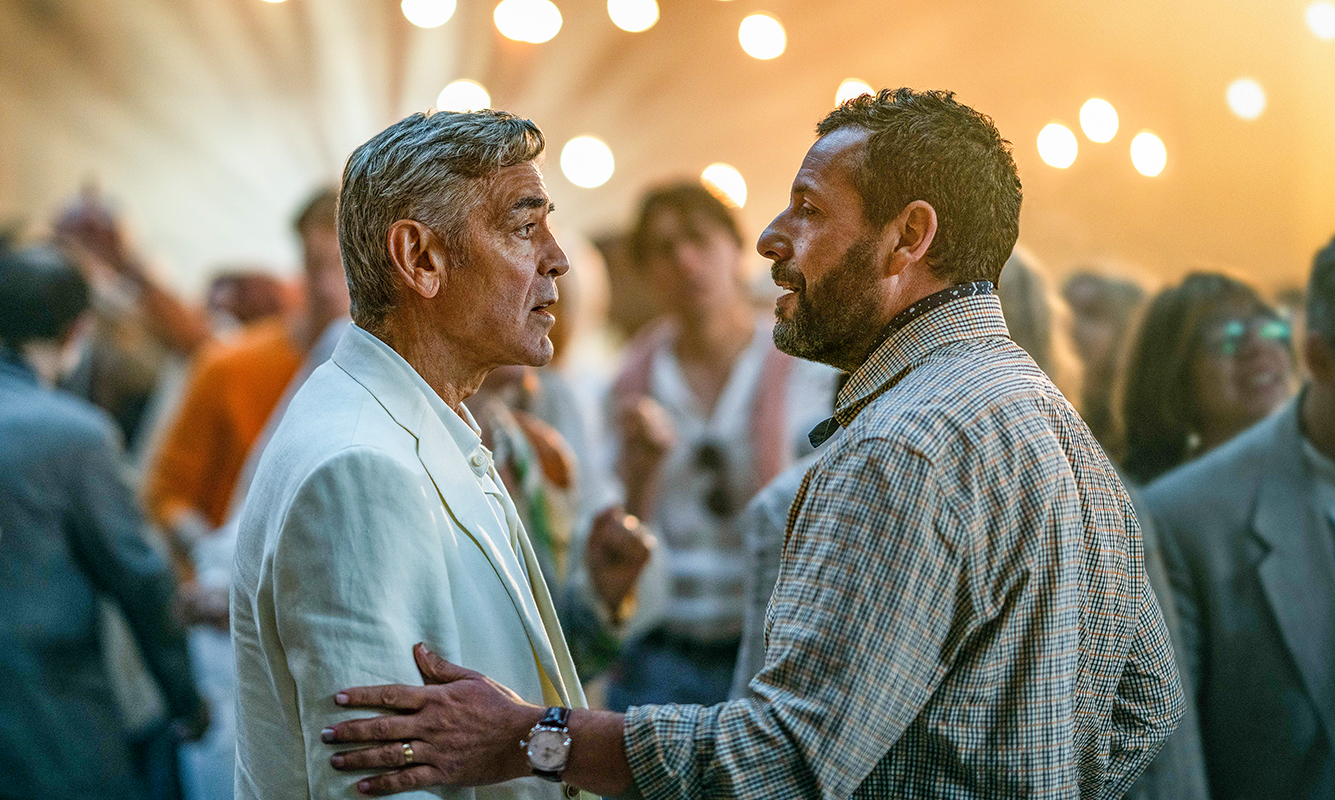
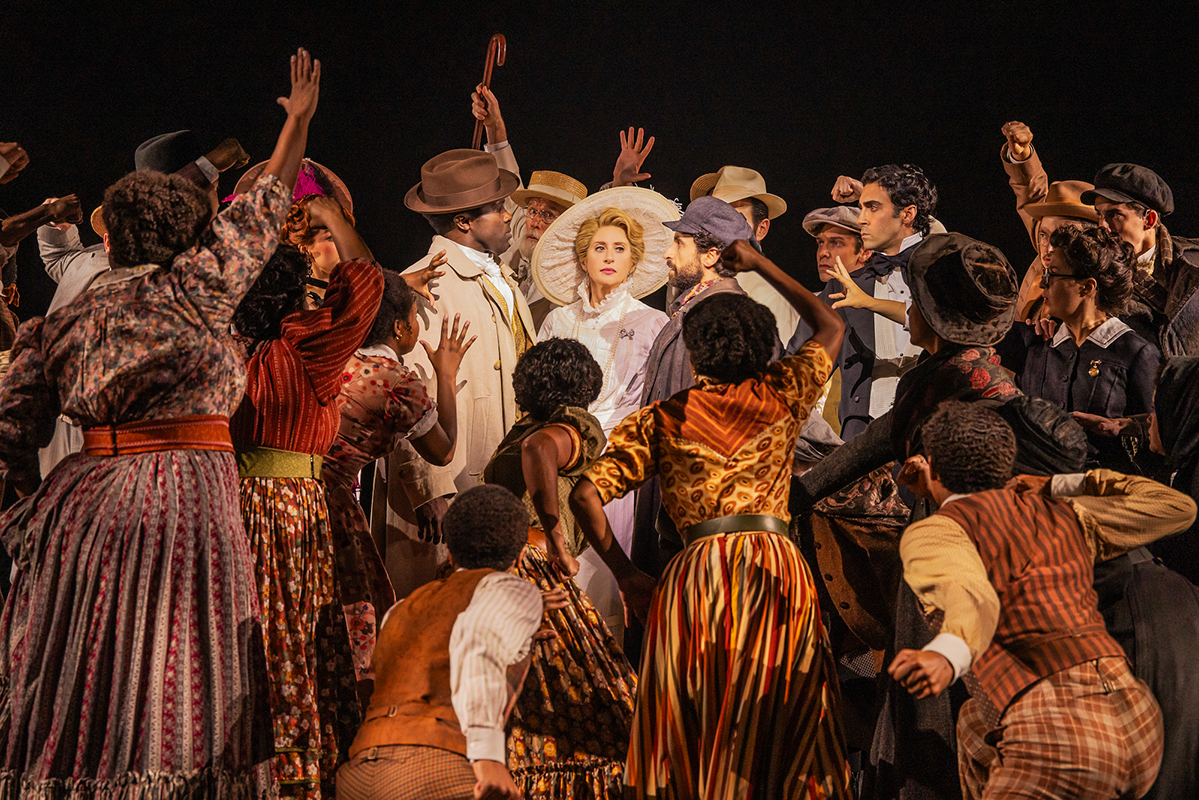
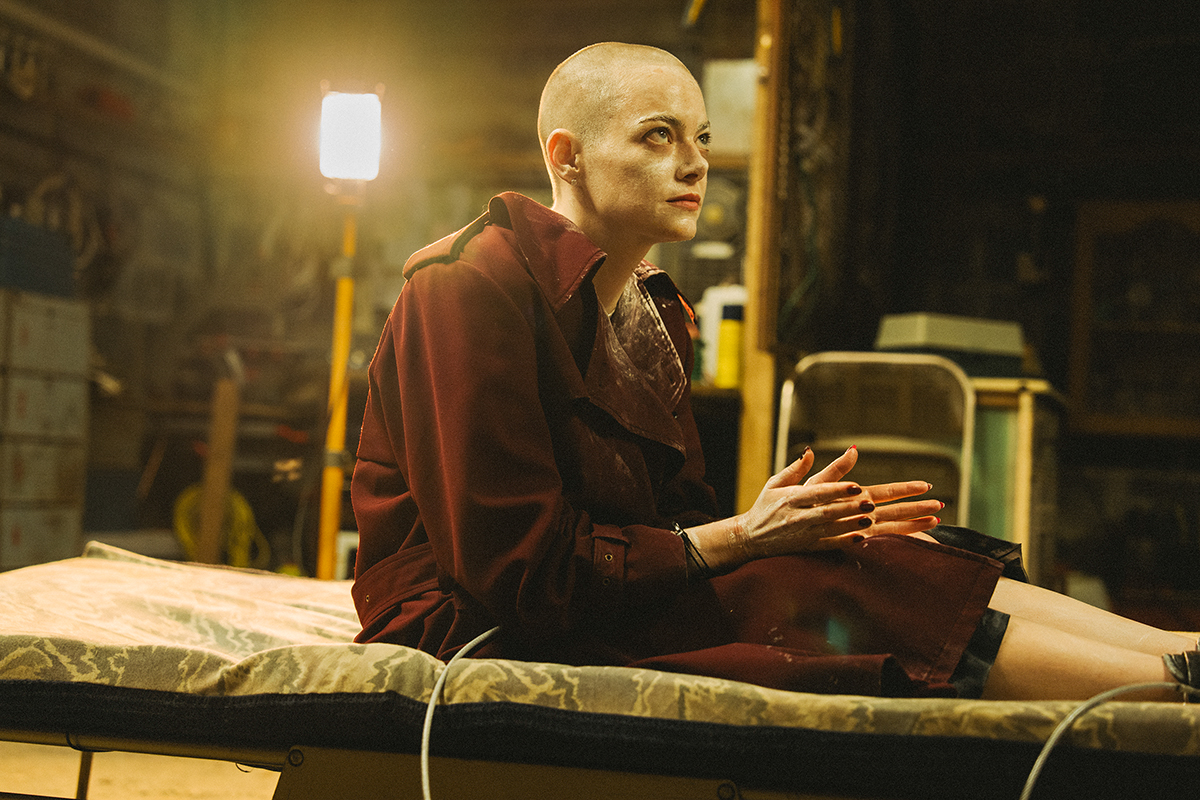














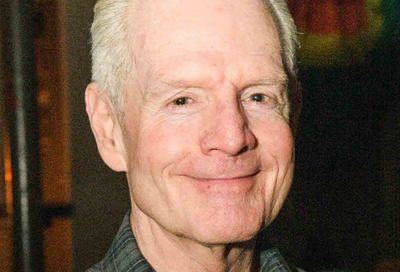
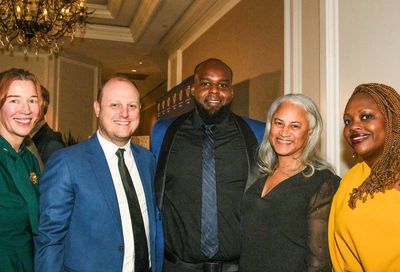
You must be logged in to post a comment.